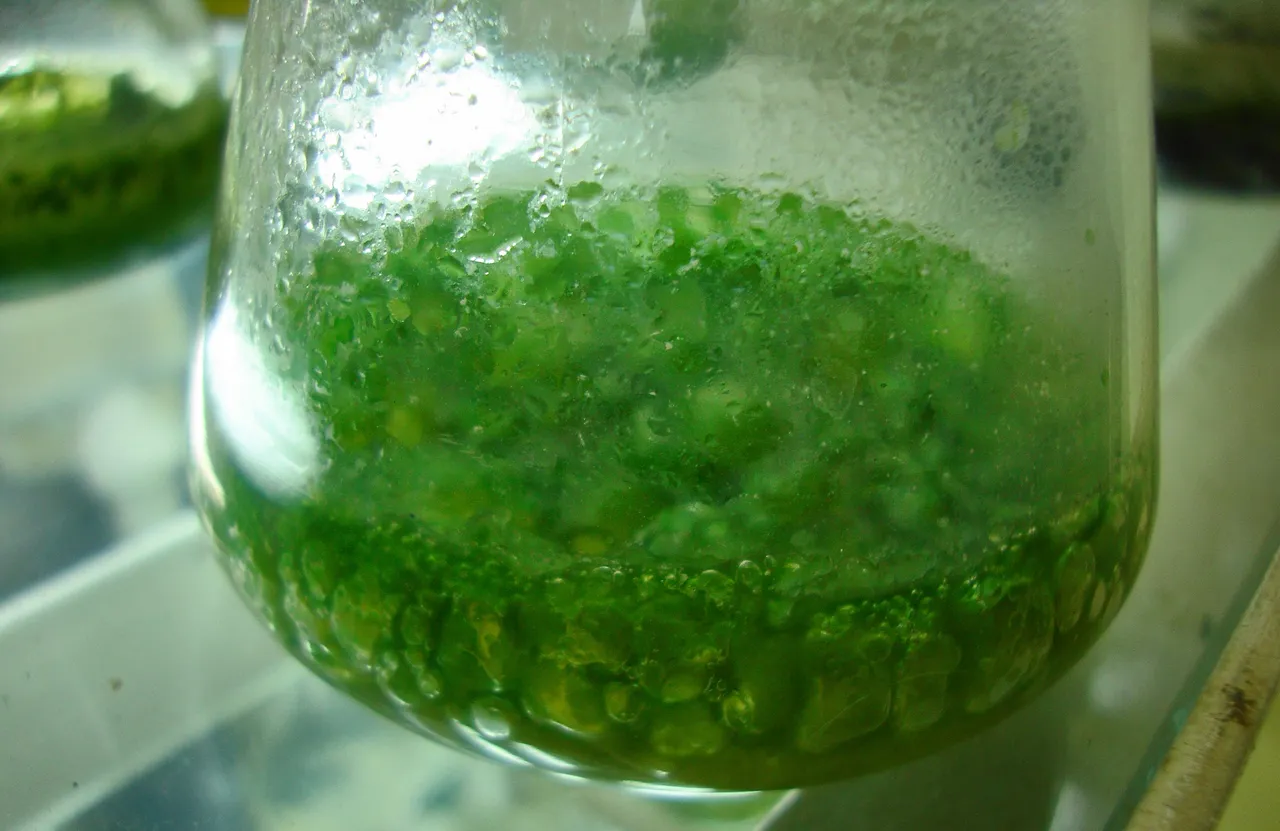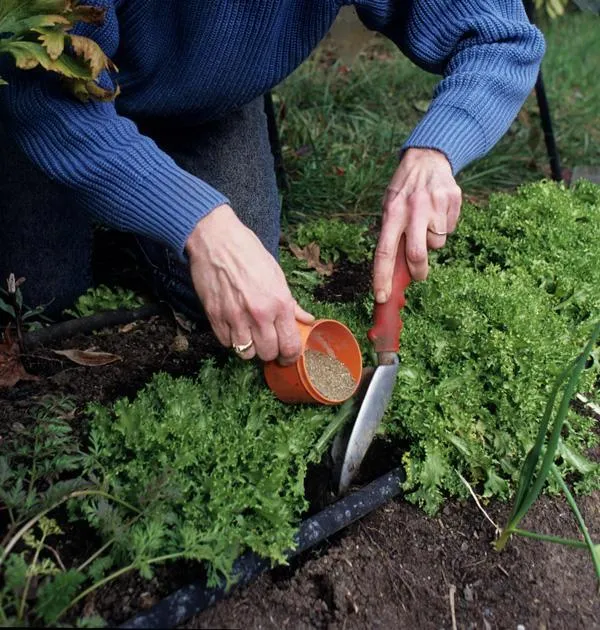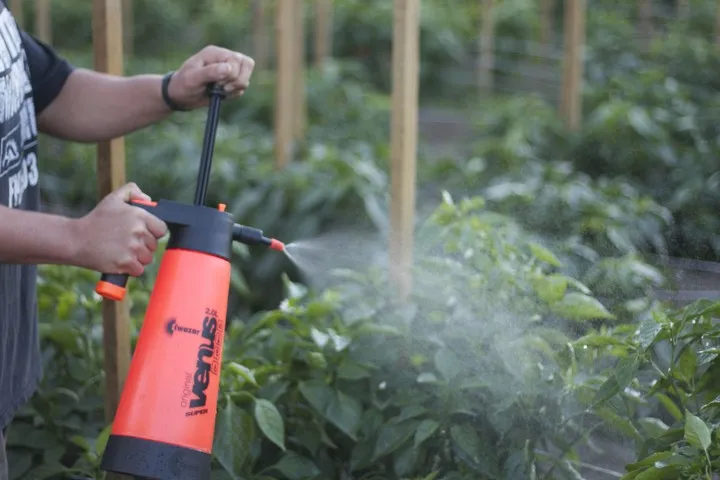In agroecology, biols are known as liquid organic fertilizers or liquid biofertilizers composed of animal or vegetable residues, they are products that are generally produced in biodigesters through a fermentation process, they are applied by foliar application by irrigation or spraying.



▶ Biols can also be applied by root application, biols produce phytohormones (adenines, purines, auxins, gibberellins and cytokinins) that come from the metabolism of bacteria and are formed in the process of anaerobic fermentation in closed composting systems (biodigesters), biols have the property of regulating and promoting the physiological processes of plants, thanks to that they intervene in the proper development of leaves, roots and fruits.

▶ Credits: Ecomena.. – [Image of Public Domain]
≕ I invite you to stay tuned and read my next contribution ≔
Vermicompost is known as a product of interactions between a series of organisms that affect the characteristics of the environment in which they develop, also called worm humus, which is obtained through a process of composting with worms, is based on the natural decomposition (biooxidation and stabilization) of the matter mediated by the combined action of worms and microorganisms (fungi, actinomycetes, bacteria, yeasts, etc.).
This biotransformation takes advantage of the activity of certain species of earthworms, which accelerate the decomposition and humification of organic matter, either directly through detritivorous feeding and movement through galleries, or indirectly by stimulating microbial activity..
Only half a dozen earthworms can be used in the degradation of organic wastes out of more than 4,400 terrestrial species, the species of interest for the vermicomposting process that have proven to be the most efficient for the biodegradation and stabilization of organic wastes.

The most frequently used are Eisenia fetida and Eisenia andrei. They belong to the ecological category of epigea, which live on the soil surface. They therefore maintain high rates of consumption of organic substrate, which accelerates their degradation.
NOTE: Reference material.